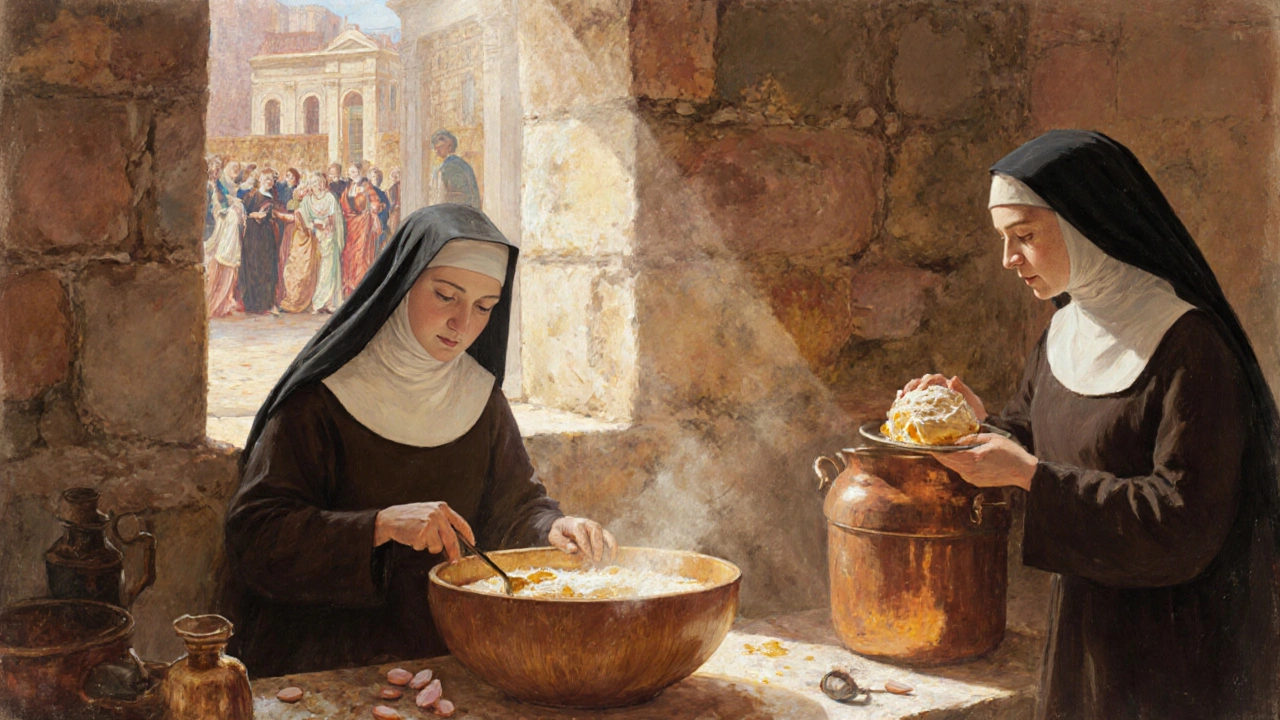Macaron Origin – The Sweet Story Behind the French Classic
When you dive into macaron origin, the tale of how the delicate almond‑based sandwich emerged from French kitchens. Also known as macaron history, it traces a journey from medieval convents to modern patisseries. The central figure in this story is the macaron, a light, airy confection made of two meringue shells sandwiching a flavorful filling. This pastry lives inside the broader world of French pâtisserie, a tradition that values precision, balance, and artistic flair. macaron origin isn’t just a footnote; it shapes how bakers think about texture, color, and flavor harmony.
Key Elements That Define the Macaron Story
The backbone of any macaron is its ingredient trio: almond flour, powdered sugar, and egg whites. Almond flour, marked up as almond flour, provides the nutty base and delicate crumb that set the macaron apart from other cookies. Powdered sugar adds sweetness and helps create the smooth shell. The real magic lies in meringue, a whipped egg‑white foam that gives the shell its glossy finish and snap when you bite into it. Together, these components illustrate a classic semantic triple: macaron origin requires almond flour and meringue. The technique, called “macaronage,” folds the dry ingredients into the meringue just enough to achieve a glossy, slightly thick batter that spreads into perfect circles during baking. The process also shows another triple: macaron origin encompasses French pâtisserie tradition, because the precise timing and temperature control are hallmarks of French pastry craftsmanship.
Beyond the kitchen, the macaron’s cultural footprint tells a bigger story about culinary heritage. In the 16th century, monasteries in Italy made a similar almond‑based cookie called “maccherone.” When the treat crossed the Alps, French chefs refined it, adding bright colors and innovative fillings like raspberry jam, pistachio ganache, and even savory cheese blends. This evolution demonstrates the triple: French culinary heritage influences macaron origin. Today, modern bakers experiment with matcha, lavender, and caramel, proving that the macaron remains a versatile canvas for flavor exploration. The worldwide love for these bite‑size sweets has turned the macaron into a global ambassador for French pastry, linking back to its humble origins while pushing the boundaries of taste. As you scroll through the articles below, you’ll discover practical tips for mastering the classic technique, deep dives into regional variations, and stories of how the macaron has become a staple at weddings, cafés, and high‑end dessert tables.
Ready to see how this rich history translates into actionable guidance? Below you’ll find a curated collection of posts that break down storage tricks, cost‑effective presentation ideas, and step‑by‑step recipes that respect the macaron origin while letting you put your own spin on the tradition. Whether you’re a beginner curious about the first batch or a seasoned baker looking for fresh inspiration, the content ahead bridges the gap between history and hands‑on practice.

